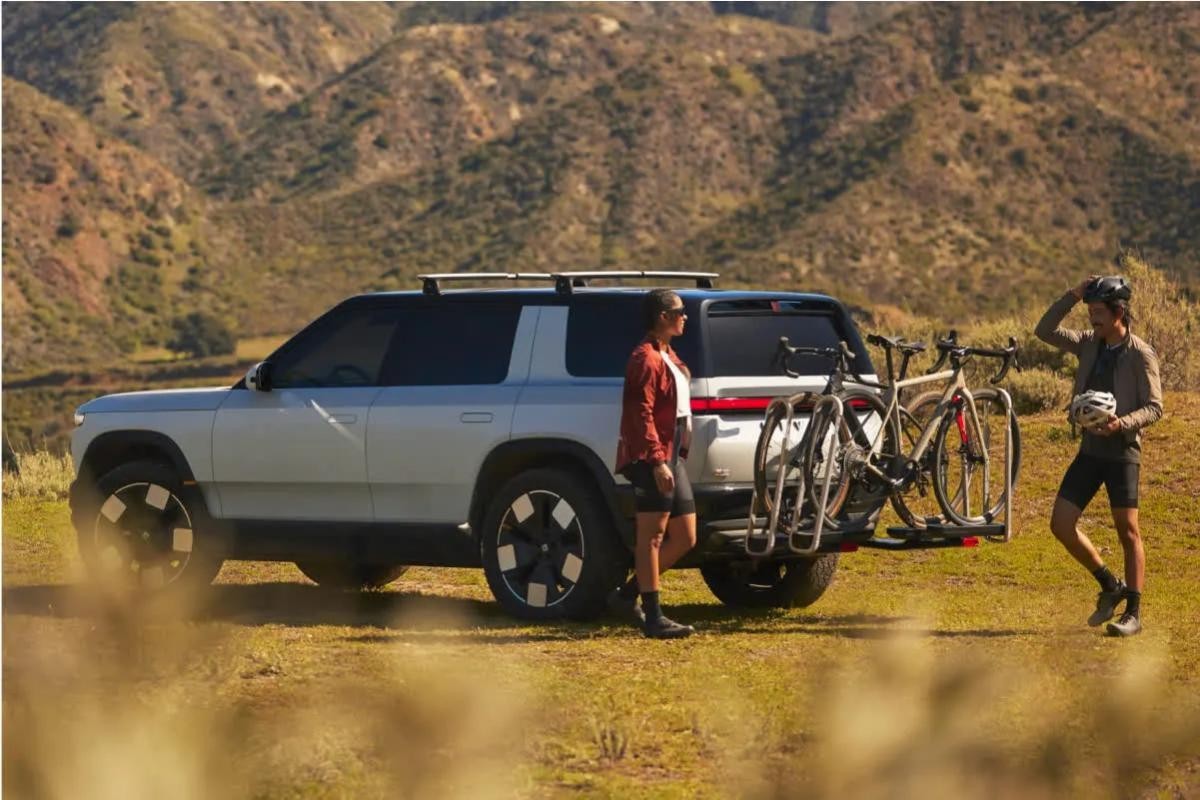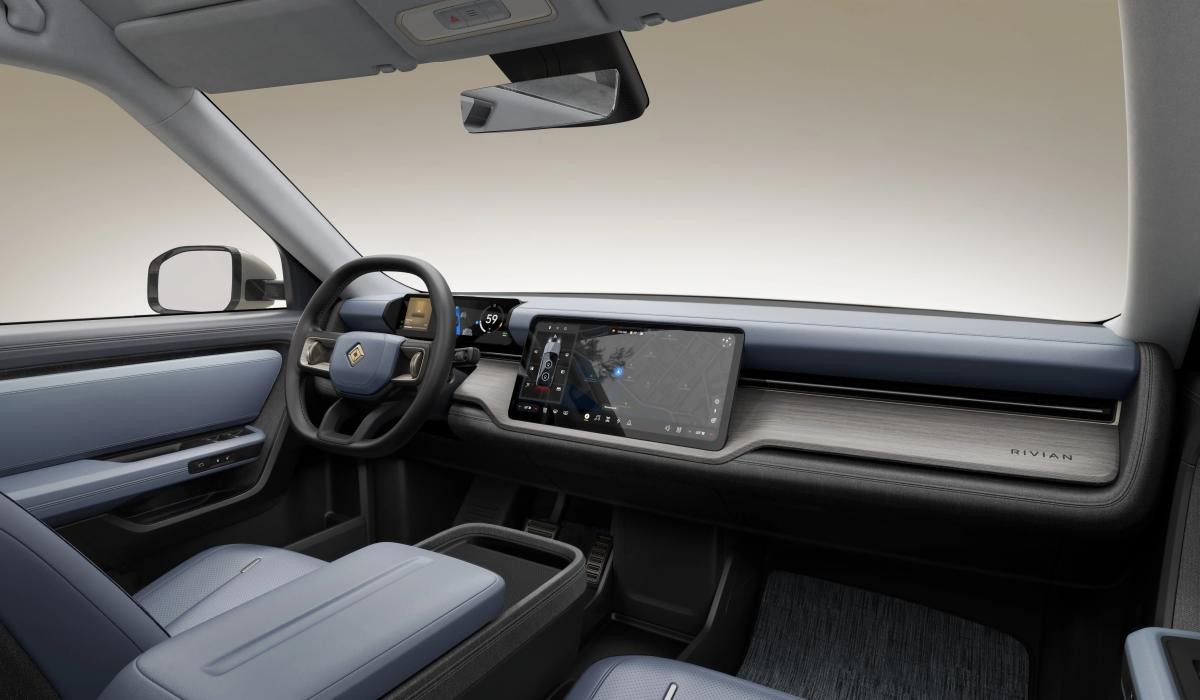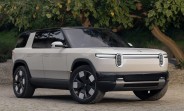Rivian R2 enters final stages of testing
Rivian is moving full steam ahead with its next big thing, the R2. This new five-seat electric SUV promises to deliver the brand's signature blend of adventure and clean design to a much broader audience, carrying a far more accessible starting price of around $45,000. But as the first validation models roll off a pilot assembly line for intense testing, the big question looms: in a market flooded with electric cars, is a familiar face with a friendlier price tag enough, especially when customers have to wait until 2026?
At first glance, anyone familiar with Rivian's larger R1S SUV might experience a case of déjà vu. The R2 is, to put it mildly, a spitting image of its predecessor. It sports the same friendly, upright stance and the unmistakable vertical "stadium" headlights that have become a Rivian hallmark. Some might call this brand consistency; others might see it as a missed opportunity for a fresh design. But this safe bet on a proven look is paired with some thoughtful new tricks that add a layer of practical charm.

The most talked-about feature is a fully powered rear window that slides down into the tailgate, a handy touch for ventilation or carrying long items like surfboards. It's complemented by pop-out rear quarter windows, enhancing airflow throughout the cabin. Up front, a spacious trunk, or "frunk," provides ample storage, while inside, the driver and front passenger are treated to two glove boxes.
Rivian has clearly made deliberate choices to hit that $45,000 price point. The cabin feels more utilitarian than the luxurious R1S, trading some of the high-end finishes for more durable materials. Yet, thankfully, it keeps the practical and quirky spirit of the brand. The flashlight, cleverly stowed in the driver's door, is back. For the adventure-seeking Rivian crowd, both the front and rear seats fold completely flat, transforming the entire cabin into a spacious sleeping platform, perfect for a spontaneous camping trip.

Underpinning the R2 is an all-new platform featuring larger, more energy-dense 4695 cylindrical battery cells. Rivian promises that all versions will achieve over 300 miles of range on a single charge. Customers will have a choice between two battery pack sizes and three powertrain configurations.
The lineup will start with a single-motor, rear-wheel-drive model. A dual-motor, all-wheel-drive version will offer a balance of range and performance, while a range-topping tri-motor setup - with one motor in the front and two in the rear - promises blistering acceleration, hitting 60 mph in under three seconds. On the charging front, the R2 will use the NACS (Tesla) port and is expected to charge from 10% to 80% in under 30 minutes on a DC fast charger.
While the design and features are set, Rivian is now deep in the validation stage to ensure the R2 is ready for mass production. Pre-production models are being assembled on a pilot line in California, a process that allows engineers to fine-tune the build process for maximum efficiency.
Teams from Rivian's main plant in Normal, Illinois, are rotating through to train on the new vehicle, providing feedback to make it easier to build at scale. These early vehicles are then shipped to proving grounds across the country for testing, where they face everything from extreme temperatures to punishing road surfaces to ensure durability, refine software, and perfect the vehicle's driving dynamics.
Reader comments
- BatonRouge
- IJJ
I believe folding front seats aren't making it to production. (Although this was shown in the reveal). Please confirm if anyone has new info on this. Because it would be a very useful feature.




Facebook
Twitter
Instagram
RSS
Settings
Log in I forgot my password Sign up